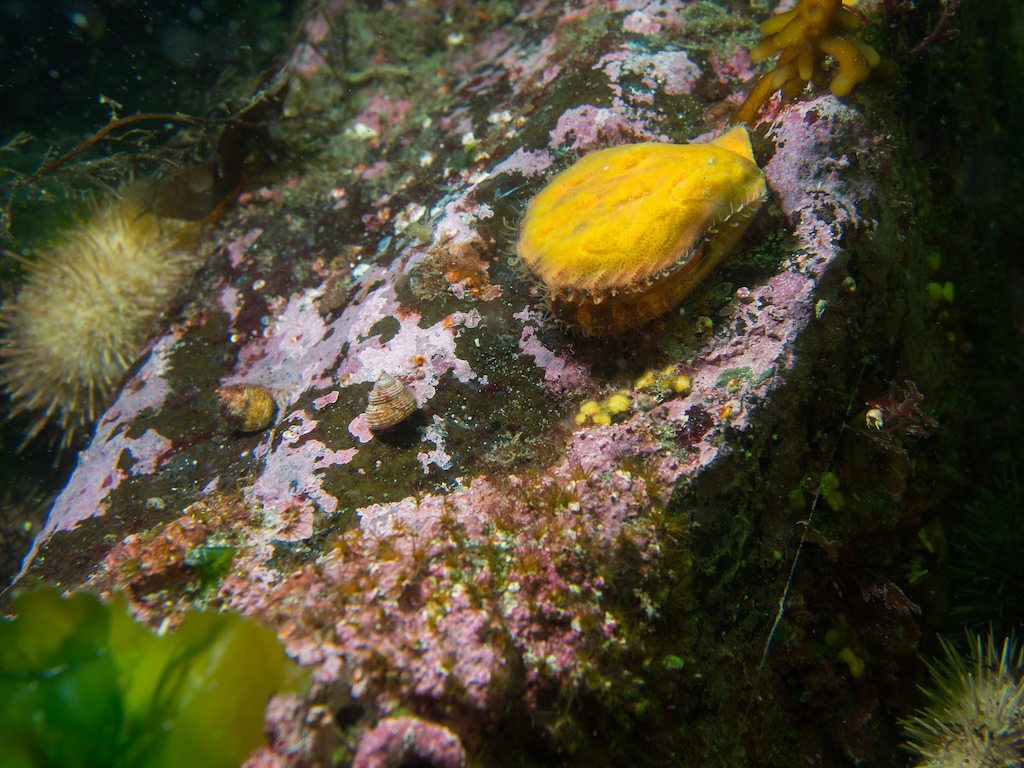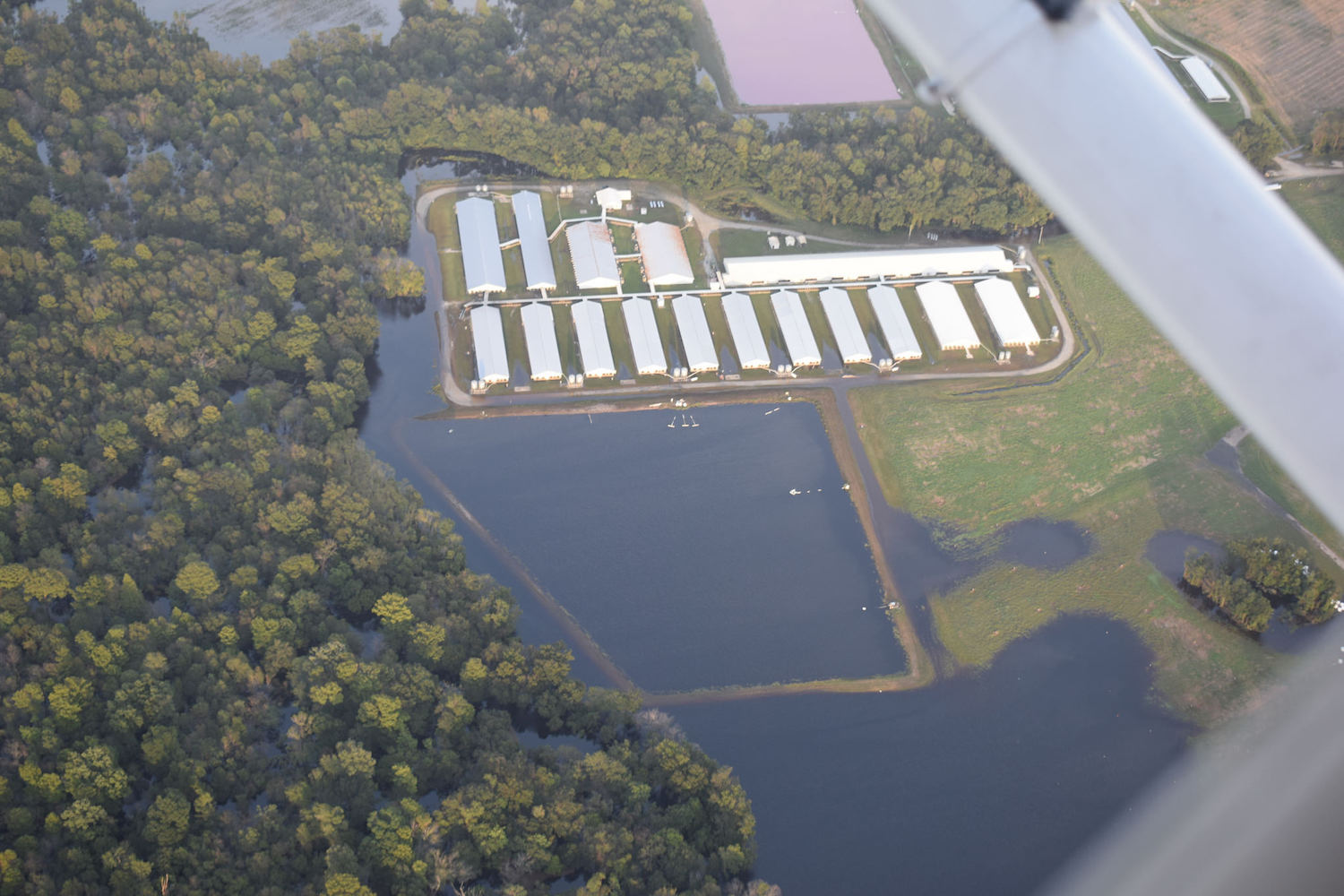Scallops with an edge. A disagreement in scallop country is pitting small boats against big, AP reports. At the heart of the conflict is a federal regulation that sets different rules for different-sized vessels, even when they sometimes trawl the same waters.
Under the current rules, big boats are allowed to spend a certain number of days in a given area each year, while small boats are regulated based on the weight of their catch. In the northern Gulf of Maine, that means the big guys are scooping tons of scallops while everyone else faces a 200-pound limit. Sound a little fishy?
Small boat owners are also worried the large vessels will deplete scallop populations. The disparity could “wipe out a resource that would sustain a small boat fishery for years and years and years,” small-boat fisherman Kristan Porter told AP. The small guys think the solution is simple: just let them fish more, or limit the weight of the big boats’ catch.
Scallops take a few years to mature, and fisheries are heavily regulated to avoid depleting populations. But scallops have been doing pretty well—and making a lot of money for East Coast fishermen—in recent years, and some advocates think the inequality is overblown. “There’s a perspective that this is a battle — we need to go to war with these big boats,” Mary Beth Tooley, chair of a federal scallop committee, told AP. “I don’t think that’s necessary.”
Attorney Peter Shelley, representing the Conservation Law Foundation, agreed with the smaller players that leveling the playing field wouldn’t be impossible, but he’s not convinced it’ll happen. “It’s an inequity that could be corrected very easily and no one wants to do it,” he told AP.











